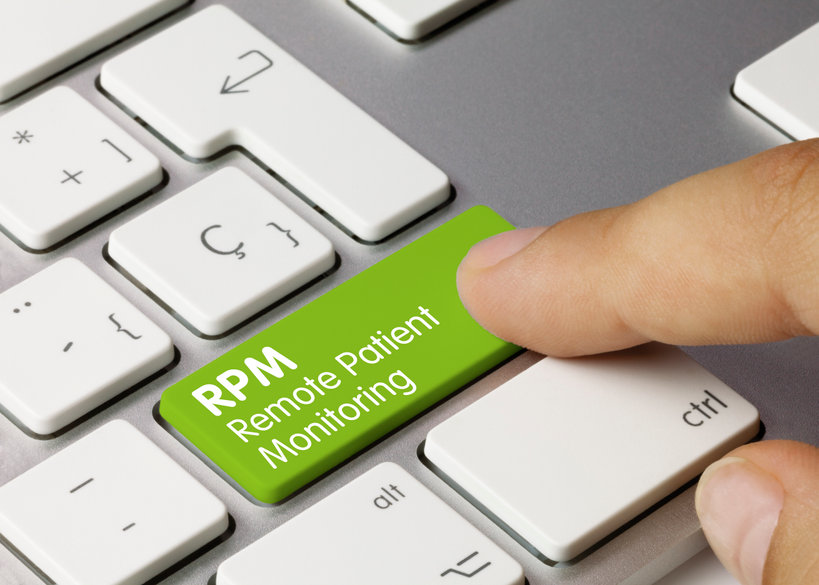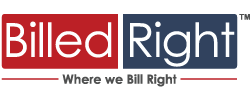What is Remote Patient Monitoring?

Remote Patient Monitoring (RPM) is a subset of telehealth that involves reporting and collection of a patient’s health data and thus the evaluation of a patient’s health. This is done by utilizing mobile devices, smartphone apps, and internet-enabled devices outside of traditional physical medical settings. Example: Someone with diabetes may have a glucose monitor or someone with high blood pressure may have a blood pressure monitor that sends information to their doctor via an app on their smartphone or device connected to the internet.
This technology allows a practitioner to monitor patients with chronic conditions continually and be able to make medical decisions that enhance the medical care of the patient on an ongoing basis. This window into the daily vitals of chronic patients helps to reduce hospital admissions and lower healthcare costs.
Types of RPM
There are several types of RPM devices on the market however the most common ones are:
- Blood Pressure Monitor
- Weight Monitor
- Blood Glucose Monitor
- Pacemaker
These devices allow for real-time information to be sent to a patient’s physician from anywhere at any time.
There are two ways that these devices can be connected and send information. The first is via cellular. This option allows for the RPM device to transmit data from anywhere the service provider has coverage. This type of device may also offer two-way communication depending on what device is being utilized. These devices are easier for patients who may not be comfortable with hi-tech equipment as they are essentially ready to use out of the box. You just add batteries and turn them on.
The second is via Bluetooth. These RPM devices utilize short-range wireless connections to transmit data to an internet-connected device. These devices do not offer two-way communication, however, it does allow for a wider selection of devices that are more readily available online and in stores. They are more cost-effective as they don’t require a cellular data connection. The downside to these is they can be difficult to set up and may require connections to be established more than once if the device needs to be reformatted or updated.
Benefits of Remote Patient Monitoring
- Improves patient outcomes
- Ability to monitor patient vital information outside the medical office setting
- Reduction of hospital visits and length of stays
- Decreases healthcare costs
- Improves patient-physician relationship
How Much is RPM Utilized?
In 2019, the Centers for Medicare and Medicaid Services (CMS) issued a final rule on changes to the Medicare Part B Physicians Fee Schedule creating new billing codes for RPM. The following are the codes established and when to use them:
- 99453 – Initial Set Up and patient education on the use of equipment
- 99454 – Device(s) supply with daily recording or programmed alert transmission, each 30 days
- 99457 – 20 minutes of monitoring per month
- 99458 – Additional 20 minutes per month for monitoring services
- 99091 – 30 minutes monitoring each 30 days that doesn’t require interactive communication
With the pandemic has come opportunities to utilize RPMs for more than chronic conditions but acute conditions as well. For instance, in the case of patients with COVID 19 who have recovered enough to be sent home. Those patients can be supplied an oxygen saturation monitor, or spirometer, to continue to evaluate their oxygen levels and lung function; but releasing them to continue to recover at home opens up hospital beds for those who need in-hospital care.
The Future of RPM
According to a study conducted by the Consumer Technology Association, 68% of physicians polled strongly intend to utilize remote patient monitoring technology in the future. This study also showed big benefits of using RPM which included: (49%) improved patient outcomes, (44%) improved compliance rates, and (42%) of patients taking ownership over their health. In addition, researchers observed that among patients, the top three benefits from RPM were (43%) detailed information on personal care, (42%) faster access to health care services, and (38%) stated more influence over their well-being. Interestingly, the survey also showed that over half (52%) of consumers said they would use an RPM as part of their treatment if their doctor recommended it.
The global market for RPM is projected to reach US$117.1 billion by 2025 up from US$23.2 billion in 2020. That is a CAGR of 38.2%. This is due to the rising geriatric population and the growing need to expand healthcare access.
Miniaturization is the next trend in RPM technology. Technology makers are going to be making their devices smaller and less invasive while partnering with new companies to grow the technology and expand the market share. As this technology advancement continues, it only stands to reason that there will be a positive effect on both the patients and the health care providers who treat them.
__________________________________________________________________________________
Who is Billed Right?
In 2006, two business partners had a vision of creating holistic services that can help improve medical billing operations. They started by listening to doctors and building a service model around what doctors need the most. As a result, Billed Right’s Revenue Cycle Management (RCM) model was born. The focus continues to be on solving the problem, rather than selling a product, and hence, Billed Right’s advanced RCM model revolves around personalized service in today’s corporate world, while still cutting costs and improving both patient care and practice revenue. No matter what challenges physicians face, we never waiver from our goal to be a strategic partner to promote practice growth.
Contact Billed Right to learn more.






